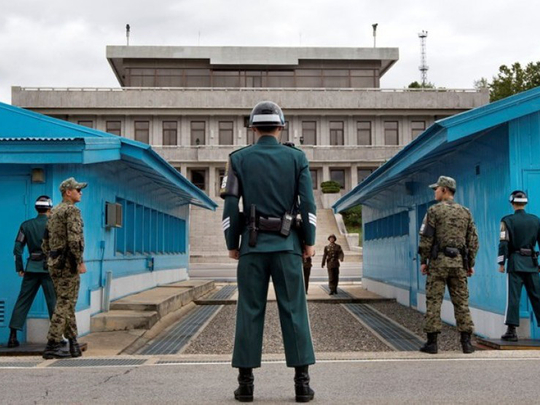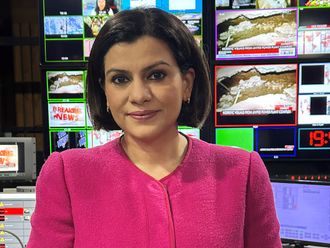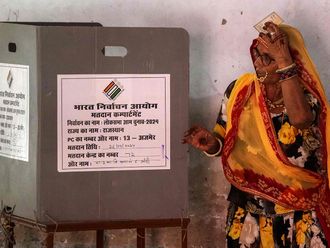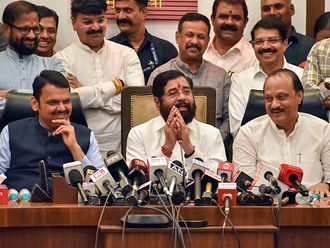
The Korean Armistice Agreement was signed 65 years ago on Friday, wrapping up negotiations that spanned 158 meetings over two years and 17 days — the longest negotiated armistice in modern history. Those protracted talks proved quite costly in human terms: During the negotiation period, United Nations forces suffered 140,000 casualties and the US lost 8,000 soldiers.
Yet the resulting agreement has kept relative peace on the Korean peninsula for six decades, underpinned one of America’s most important alliances, and enabled South Korea’s remarkable rise to prosperity. It continues to shape the political and military situation in East Asia to a unique degree. Without an understanding of this armistice, current efforts to foster peace and unification on the Korean peninsula stand little chance. By 1953, the Korean conflict was becoming reminiscent of the First World War’s “static front” and threatened to escalate into a Third World war. With the prospect of an outright military victory growing more distant, US military commanders, including President Dwight Eisenhower, had come to favour an armistice as a second-best solution. On July 27, military authorities from China, North Korea and the US signed an agreement that ended hostilities but fell short of a full peace treaty. It included a cessation of military operations, the repatriation of PoWs, and the creation of the now-infamous military demarcation line and demilitarised zone, or DMZ.
Notably, South Korea was not itself a signatory to the agreement; President Syngman Rhee refused to sign a deal that left Korea divided. But with Chinese and North Korean armies massing above the DMZ, the US and South Korea signed a formal mutual-defence treaty within months of the ceasefire. Congress ratified the alliance into law the following year. It is this treaty that has provided the strategic foundation for the security and political relationship between the US and South Korea. That relationship has evolved into a broad and deep partnership based on a shared commitment to ideals such as democracy and freedom.
It has also had pronounced economic benefits.Initially, the US conditioned economic aid to South Korea — making up an average of 14.9 per cent of its gross domestic product between 1953 and 1960 — on Seoul’s adherence to the armistice. As South Korea’s economy started to take off in the 1970s, it weaned itself from foreign aid and built up its own political and economic defences against threats from the North, achieving a per capita income in purchasing-power parity terms of $38,300 (Dh140,561) in 2017, slightly higher than Spain’s. Even today, the alliance helps bolster Korea’s formidable financial defences, provides crucial support for investor confidence, and enables government budgetary and debt positions that should be the envy of just about any advanced country. In a televised address following the signing of the armistice, Eisenhower said, “We have won an Armistice on a single battleground — not peace in the world. We may not now relax our guard nor cease our quest.” Similarly, General Mark W. Clark, the UN commander, said, “The conflict will not be over until the governments concerned have reached a firm political settlement.”
That settlement has proved elusive for six decades, of course. But the 1953 armistice teaches us that principled diplomacy backed by credible military strength can still bend negotiations in a favourable direction. It’s also a reminder of just how much North Korea stands to gain from opening itself to foreign trade and investment, as well as to membership in global institutions such as the World Trade Organisation and the International Monetary Fund. With US support, it could well prosper just as the South has.
The current round of nuclear negotiations looks every bit as challenging and contentious as its predecessors. Should North Korea decide to join the international community and decisively buy into the opportunity for prosperity, however, the promise of the 1953 armistice may yet be fulfilled.
— Bloomberg
Thomas Byrne is president of the non-partisan Korea Society and formerly the regional manager for sovereign risk in Asia-Pacific and the Middle East for Moody’s Investors Service.









